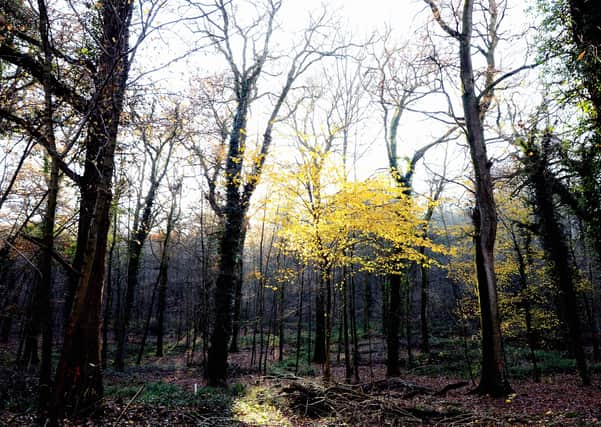Plans to protect West Sussex’s existing woodland and improve tree cover


The county council’s tree plan addresses how it will undertake its statutory duties and responsibilities and how it will operate as a landowner.
As well as seeking to ensure the trees within the local authority’s ownership are maintained, protected and improved, the plan also seeks to influence how woodland within West Sussex is managed and improved.
Advertisement
Hide AdAdvertisement
Hide AdThe plan says: “The trees of West Sussex are a valuable and essential element of our urban and rural landscape, contributing significantly to the character of the county, as well as providing other economic, social, and environmental benefits, all of which contribute to our quality of life.
“Against a backdrop of changing national policy and legislation, the pressure for new housing and other development, emerging new pests and diseases, and the effects of climate change, the West Sussex tree plan addresses how the county council will undertake its statutory duties and responsibilities and how it will operate as a landowner.
“The plan seeks to ensure that the trees within our ownership are maintained, protected, and improved for current and future generations. It also seeks to influence how the wider tree resource within the County is managed and improved.”
According to results from the last analysis of the Forestry Commission’s National Forest Inventory by local authority, West Sussex has 42,500 hectares of woodland, which equates to cover of 23 per cent, compared to 10 per cent for England as a whole.
Advertisement
Hide AdAdvertisement
Hide AdThe Government’s 25 Year Environment Plan not only aims to encourage larger scale woodland and forest creation, but also recognises the importance of the ‘urban forest’ as a key part of green infrastructure.
Meanwhile the government consulted on a national tree strategy for England earlier this year, which will focus on expanding, protecting and improving woodlands, and on how trees and woodlands can connect people to nature, support the economy, combat climate change, help to reduce flood risk, and recover biodiversity.
In its West Sussex tree plan, the county council has identified five key short-term objectives so it can deliver its longer-term strategic aims: better data management, establishing and embedding policies and processes, managing the impact of tree pests and diseases, identifying opportunities for investment and income alongside working with partners and supporting communities and individuals.
While the county council’s budget is under significant strain, the hope is for opportunities to access Government funding to improve existing woodland or to create new woodland, for example, through the proposed Nature for Climate Fund.
Advertisement
Hide AdAdvertisement
Hide AdThe plan also suggests that landowners, communities and individuals may be able to access external sources of funding for tree planting not available to the county council.
Delivery of the plan will be subject to monitoring and annual review.